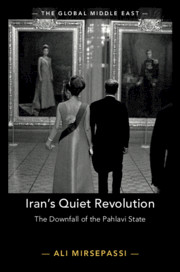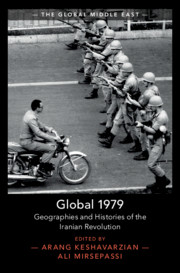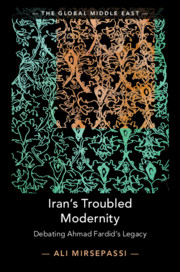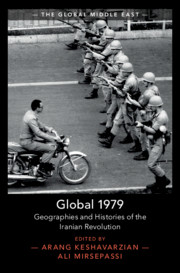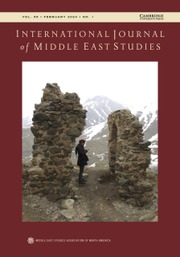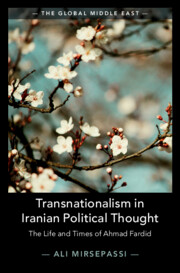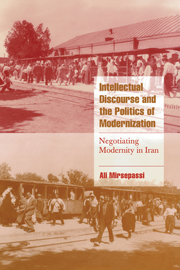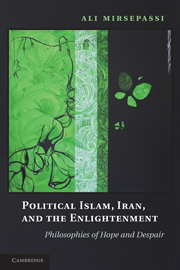Iran's Quiet Revolution
Offering a new perspective on Iran's politics and culture in the 1960s and 1970s, Ali Mirsepassi challenges the prevailing view of pre-Revolution Iran, documenting how the cultural elites of the Pahlavi State promoted a series of striking 'Gharbzadegi' or 'Westoxification' discourses. Intended as ideological alternatives to modern and Western-inspired cultural attitudes, these influenced Persian identity politics, and projected Iranian modernity as a 'mistaken modernity' despite the regime's own ferocious modernisation programme. Focusing on the cultural transformations which defined the period, Mirsepassi sheds new light on the Pahlavi State as an ideological gambler, inadvertently empowering its fundamentalist enemies and spreading a 'quiet revolution' through secular and religious civil society. Proposing a new theoretical framework for understanding the anti-modern discourses of Ahmad Fardid, Jalal Al-e Ahmad, and Ali Shari'ati, Iran's Quiet Revolution is a radical re-interpretation of twentieth century Iranian political history which makes sense of these events within the creative, yet tragic Iranian nation-making experience.
- Offers a radical re-interpretation of Iran's politics and culture in the 1960s and 1970s
- Challenges current scholarly accounts of Iran's attitudes towards the West and modernity before the Iranian Revolution
- Contextualises political events within a broader time-frame of twentieth century Iranian political history
Reviews & endorsements
‘Mirsepassi interprets the Pahlavi monarchy's collapse during the 1979 revolution as resulting from internal tensions, which originated among Iranian cultural and political elites seeking a merger of Persian and Shi'a traditions while rejecting a vision of corrupt materialistic Westernization to achieve a purified spiritualism … Recommended.’ D. A. Meier, Choice
Product details
October 2019Paperback
9781108725323
250 pages
228 × 152 × 15 mm
0.36kg
Available
Table of Contents
- Introduction. The Quiet Revolution
- 1. The 'Anti-Modern' allure
- 2. De-politicizing Westoxification: the case of 'Bonyad monthly'
- 3. Ehsan Naraghi: chronicle of a man for all seasons
- 4. Iranian cinema's 'Quiet Revolution '(1960s-70s)
- 5. 'Bearing witness' to Iranian modernities
- 6. The Shah: a modern mystic?
- 7. The imaginary invention of a nation: Iran in 1930s and 1970s
- 8. An elective affinity: variations of Gharbzadegi.

